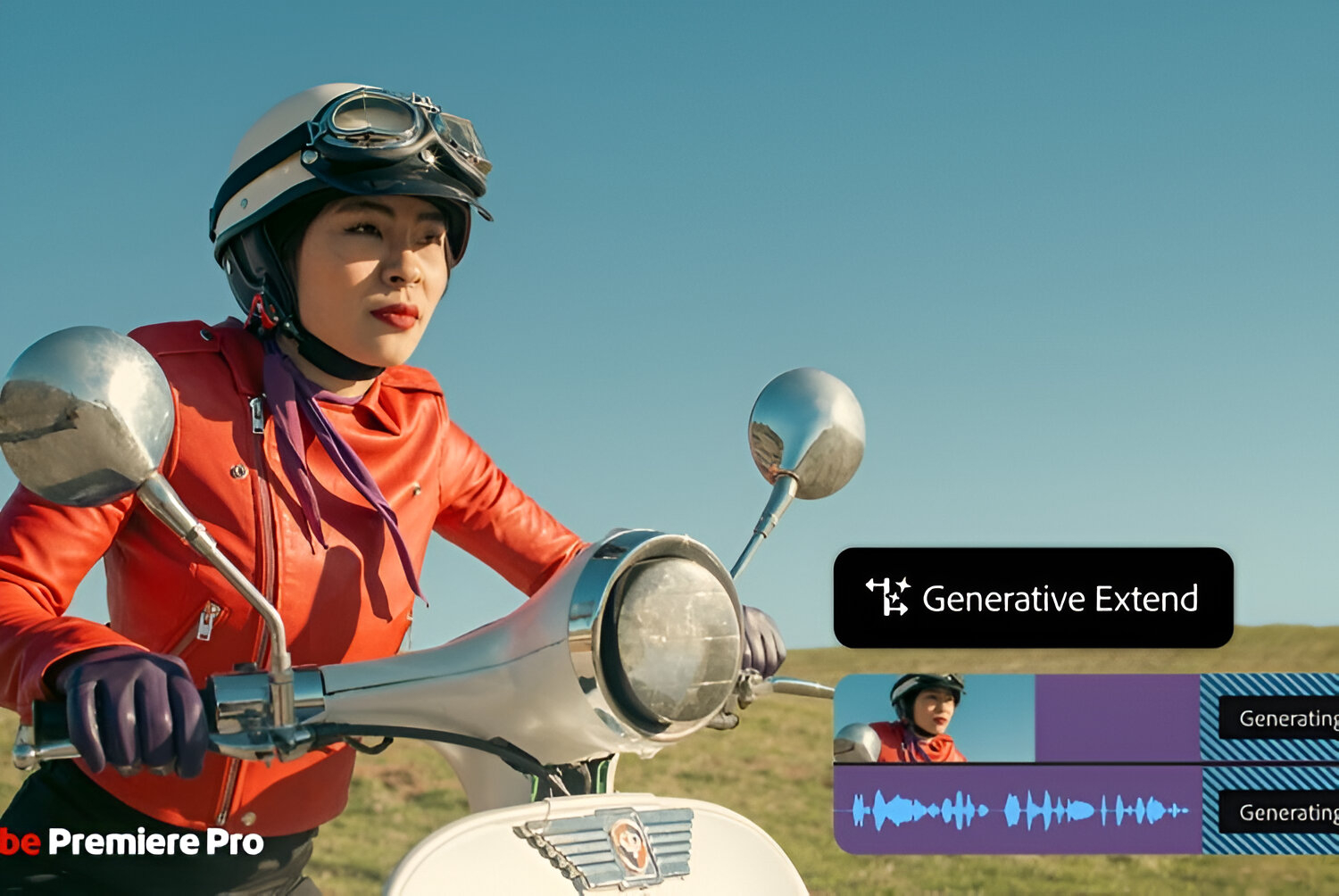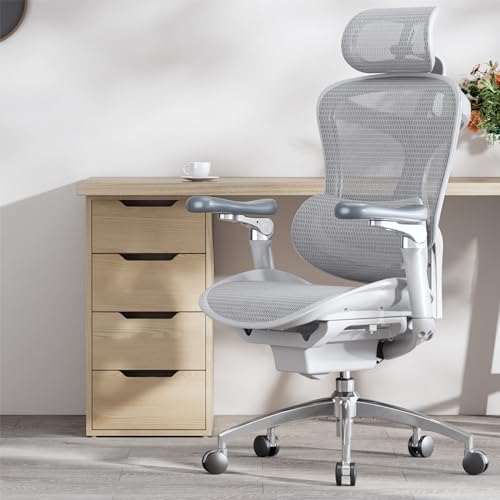For every great bike, there’s always one that fails so badly you question how it was approved. These failures have been around since the early days of motorcycles, but they became even more common in the 1970s. It was a time of innovation with parallel twins and advanced triples, alongside the rise of sport bikes in America. Join us as we delve into the world of the worst bikes ever made, where ambitious ideas often ended in disappointment and frustration.
13. 1972 Kawasaki H2 Mach 4
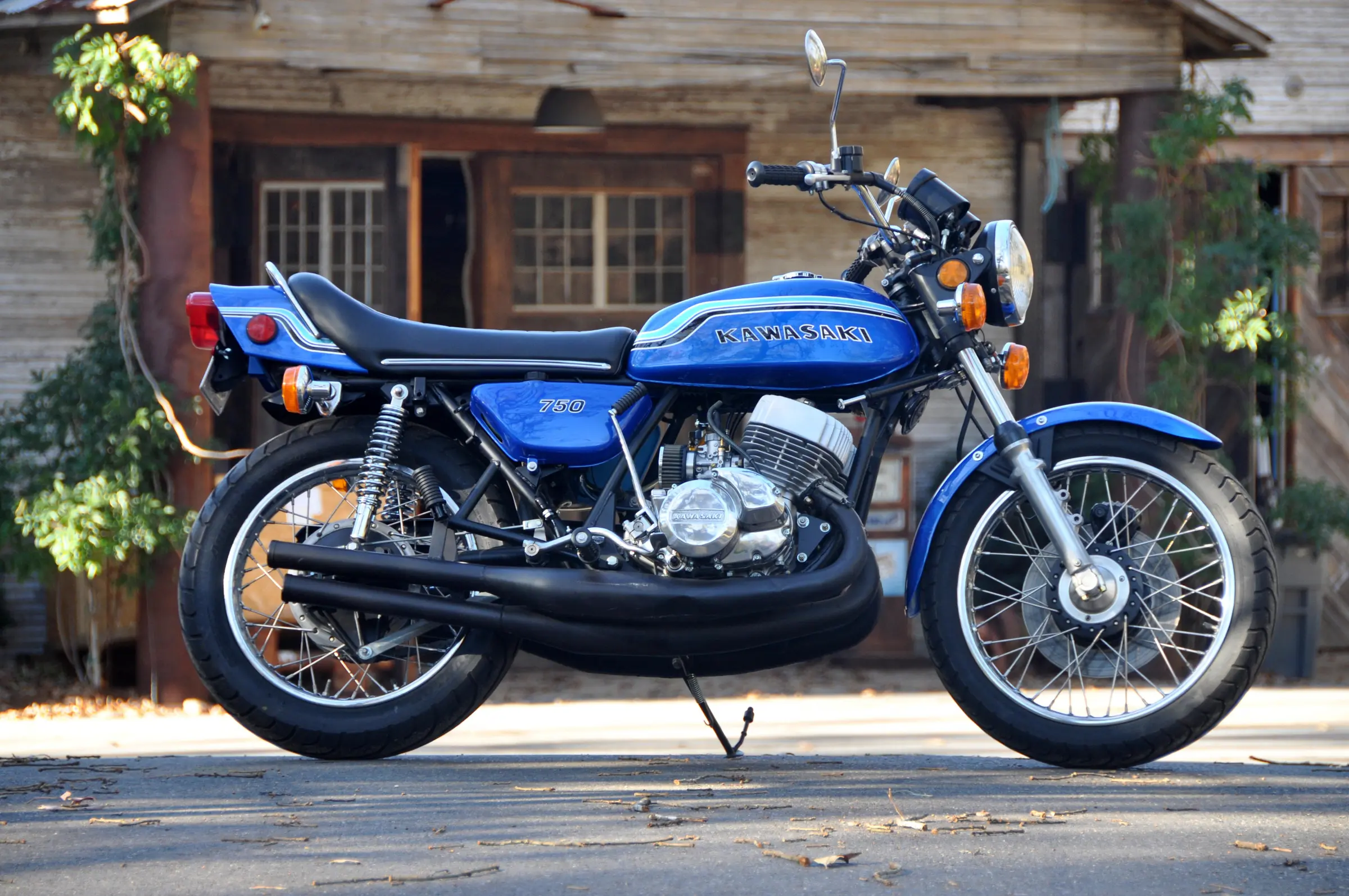
The 1972 Kawasaki H2 Mach 4 was a bold attempt at creating a powerful motorcycle, but it quickly became notorious for its safety issues. With a 748cc two-stroke triple engine producing 74 horsepower, it was designed for speed. However, the bike’s frame was so flexible that it felt like riding a rubber band, making control nearly impossible. Riders often found themselves unexpectedly wheeling, leading to numerous accidents and a reputation that kept even professional racers at bay. Ultimately, the H2 Mach 4 was discontinued in 1975 after a disastrous first year.
12. 1971 Suzuki TM400 Cyclone
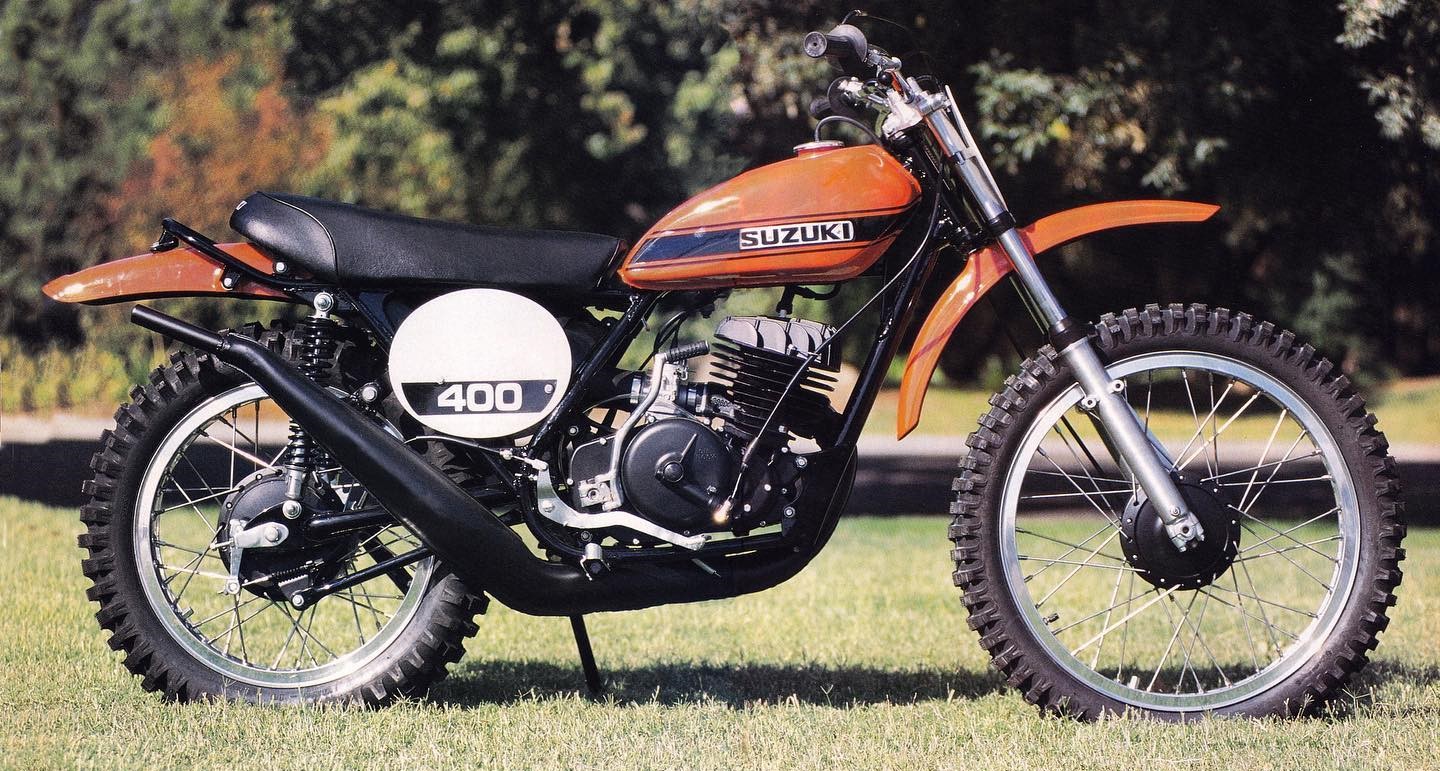
The 1971 Suzuki TM400 Cyclone was marketed as a top race motorbike, but it fell short in execution. Despite its promising specs, the bike was plagued by erratic power delivery and poor handling. Riders experienced unpredictable bursts of power, making it difficult to control. The suspension was so inadequate that it often ejected riders after just a few minutes of use. By 1975, Suzuki made some improvements, but the damage was done, and the TM400 was firmly established as a dangerous machine in the motocross community.
11. 1974 Suzuki RE5
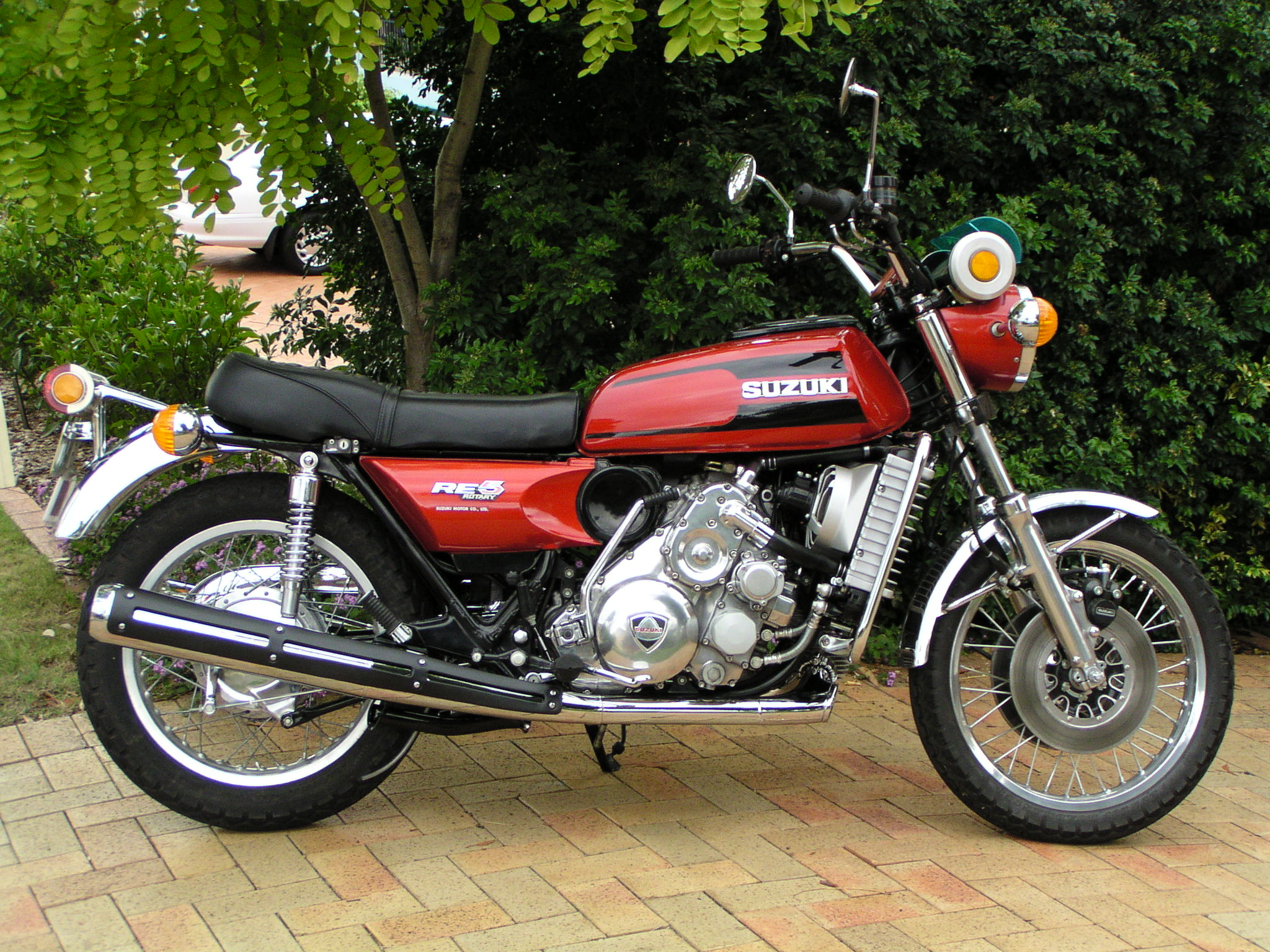
The 1974 Suzuki RE5 was an ambitious project featuring a rotary engine, but it quickly became a cautionary tale. Initially praised for its handling, the bike’s true issues emerged after the warranty expired. The rotary engine’s lack of advanced seals led to catastrophic failures, and repairs were costly and complicated. As interest waned, production ceased just four years after its introduction, marking the RE5 as a short-lived experiment in motorcycle history.
10. 1975 Honda CB500T
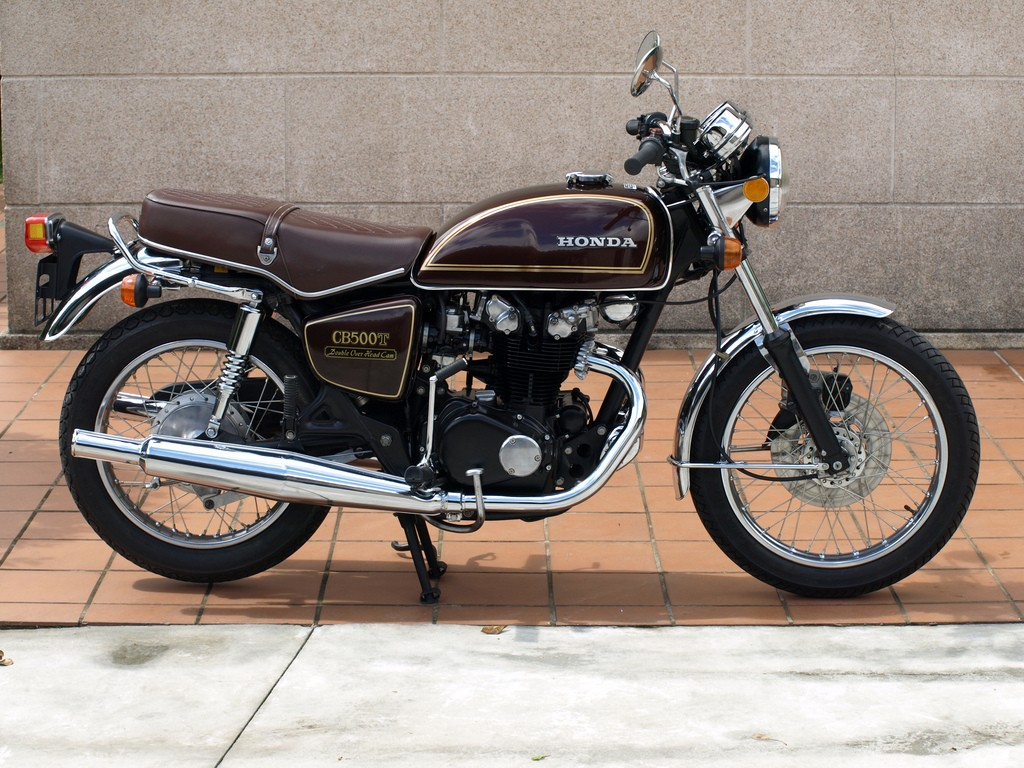
The 1975 Honda CB500T is a model that Honda might regret producing. Attempting to capitalize on the success of the CB450T, Honda modified the existing engine, leading to severe vibrations that made riding uncomfortable. The bike’s design constraints prevented engineers from implementing effective solutions, resulting in a jarring experience for riders. Ultimately, the CB500T’s failure was a product of corporate demands overshadowing engineering innovation.
9. 1973 Yamaha SC500
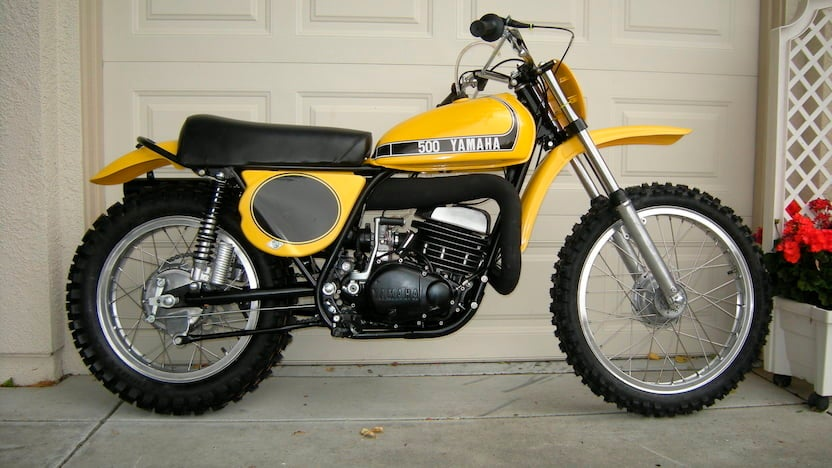
Yamaha’s first attempt at a 500cc motocross machine, the 1973 SC500, was a mixed bag. While it featured decent suspension for its time, the bike’s engine was notoriously difficult to tune, often sputtering and stalling. Riders found the throttle response lacking, and the bike’s poor weight balance made it prone to wheelies and loss of control. Despite its shortcomings, Yamaha quickly learned from this failure and improved their designs in subsequent years.
8. 1976 Honda CB750A Honda Matic
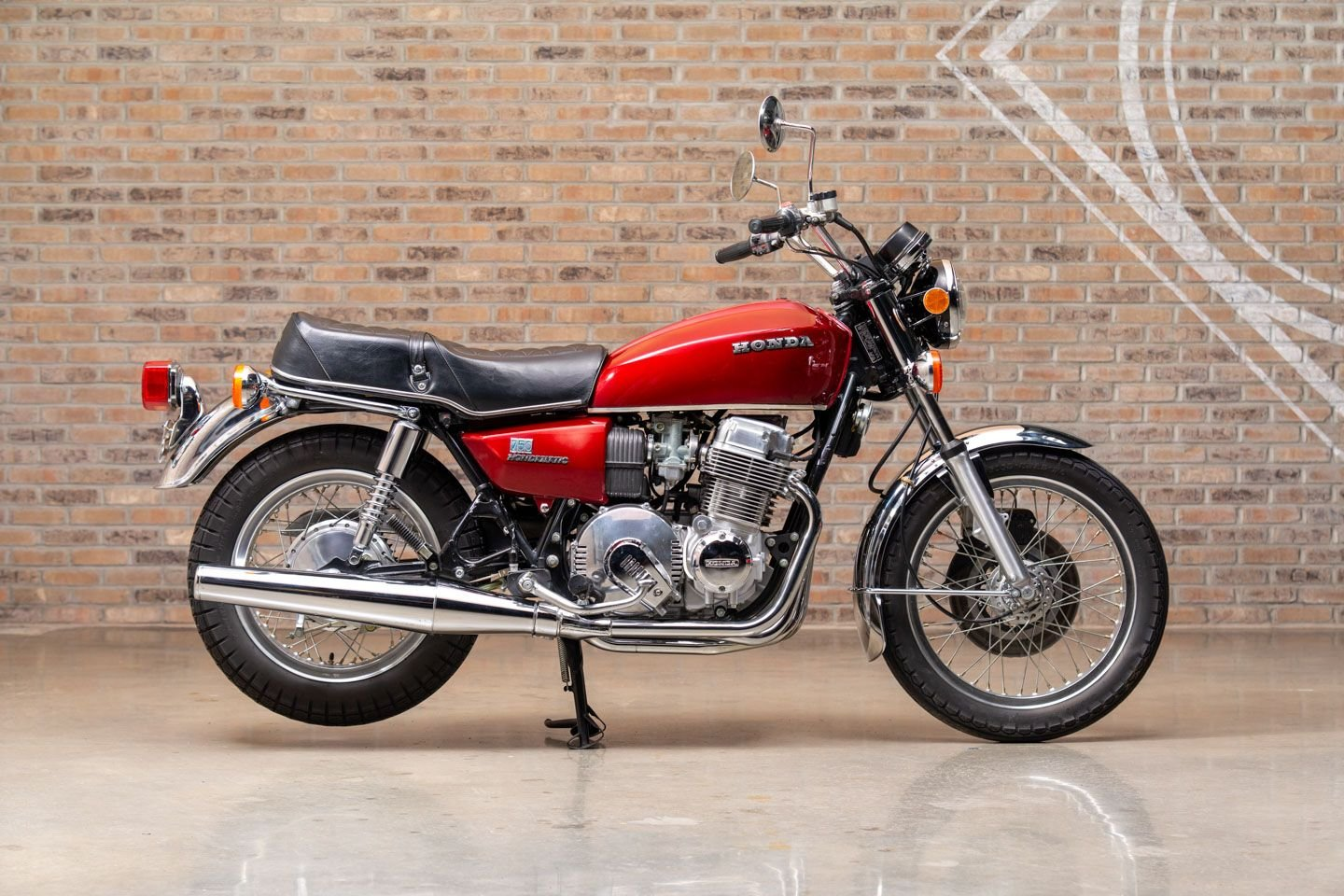
The 1976 Honda CB750A Honda Matic introduced automatic transmission technology to the motorcycle market, but it didn’t resonate with enthusiasts. While it featured a robust design and user-friendly features, the detuned engine and cumbersome transmission left riders wanting more. The innovative concept failed to capture the sporty performance that many riders desired, leading to its reputation as one of the worst motorcycles of the 1970s.
7. 1973 Yamaha TX750

The Yamaha TX750 was an ambitious entry into the 750cc road sport category, but it quickly gained a reputation for reliability issues. Despite its advanced engineering, including balancers to reduce vibration, the bike suffered from overheating and excessive oil consumption. Yamaha attempted to address these problems, but the TX750 was ultimately withdrawn from most markets by 1975, marking a challenging chapter in the company’s history.
6. 1974 Ducati 860 GT
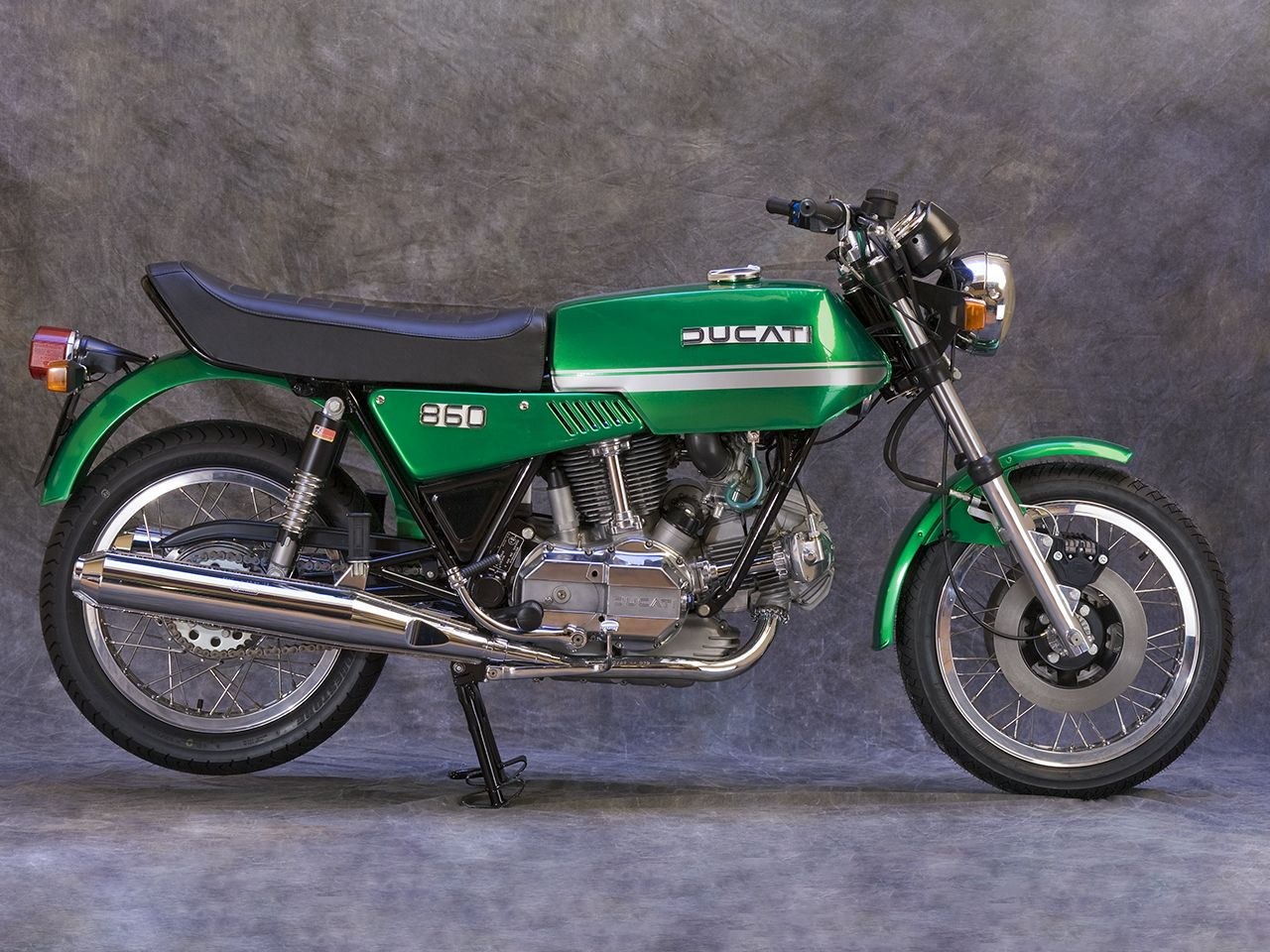
The Ducati 860 GT represented a bold departure from traditional design, but its unconventional styling didn’t sit well with enthusiasts. While it featured innovative technology like a desmodromic valve system, the bike’s angular design led to a decline in sales. Many riders preferred the classic look of earlier models, and the 860 GT’s mixed reception ultimately contributed to its reputation as one of the least favored motorcycles of the decade.
5. 1971 Moto Guzzi V7 Sport
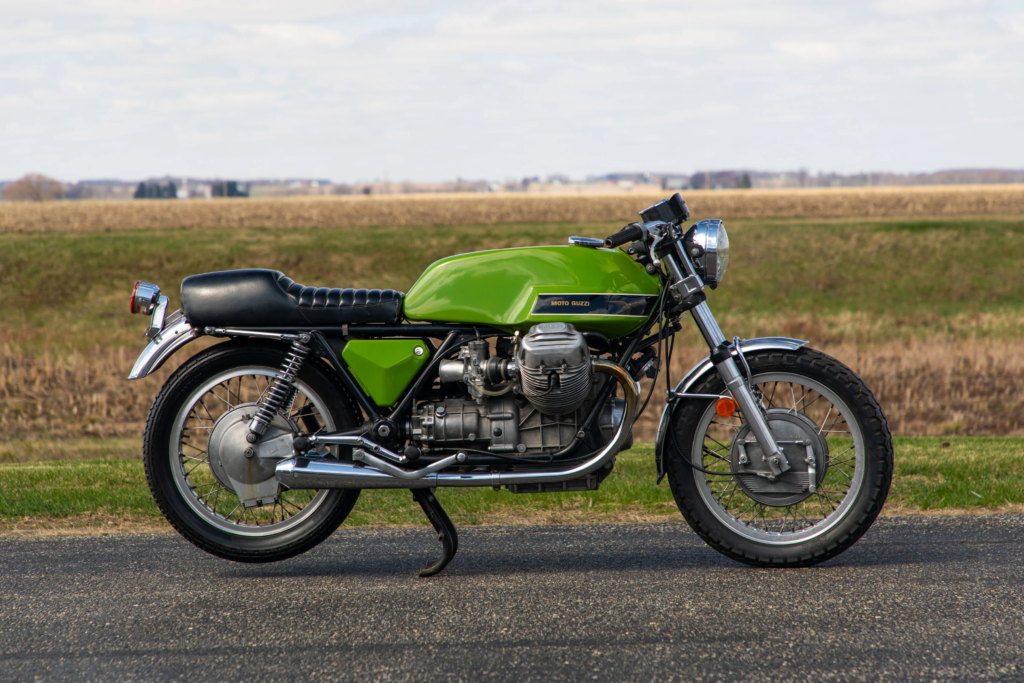
The Moto Guzzi V7 Sport aimed to embody the cafe racer spirit, but it faced criticism for its complex maintenance requirements. While it featured a powerful 748cc V2 engine, owners often struggled with reliability issues and inconsistent quality control. Despite its spirited performance, the V7 Sport’s reputation suffered due to these challenges, leaving it with a mixed legacy among enthusiasts.
4. 1972 Kawasaki Z1900

The Kawasaki Z1900 was a powerful motorcycle that marked a significant shift in the industry, but it wasn’t without its flaws. While it introduced innovative features like a double overhead camshaft, early models suffered from frame flexing and handling issues. These problems affected safety and earned the Z1900 a reputation as one of the more problematic motorcycles of its era, especially during aggressive riding.
3. 1973 Laverda 1000
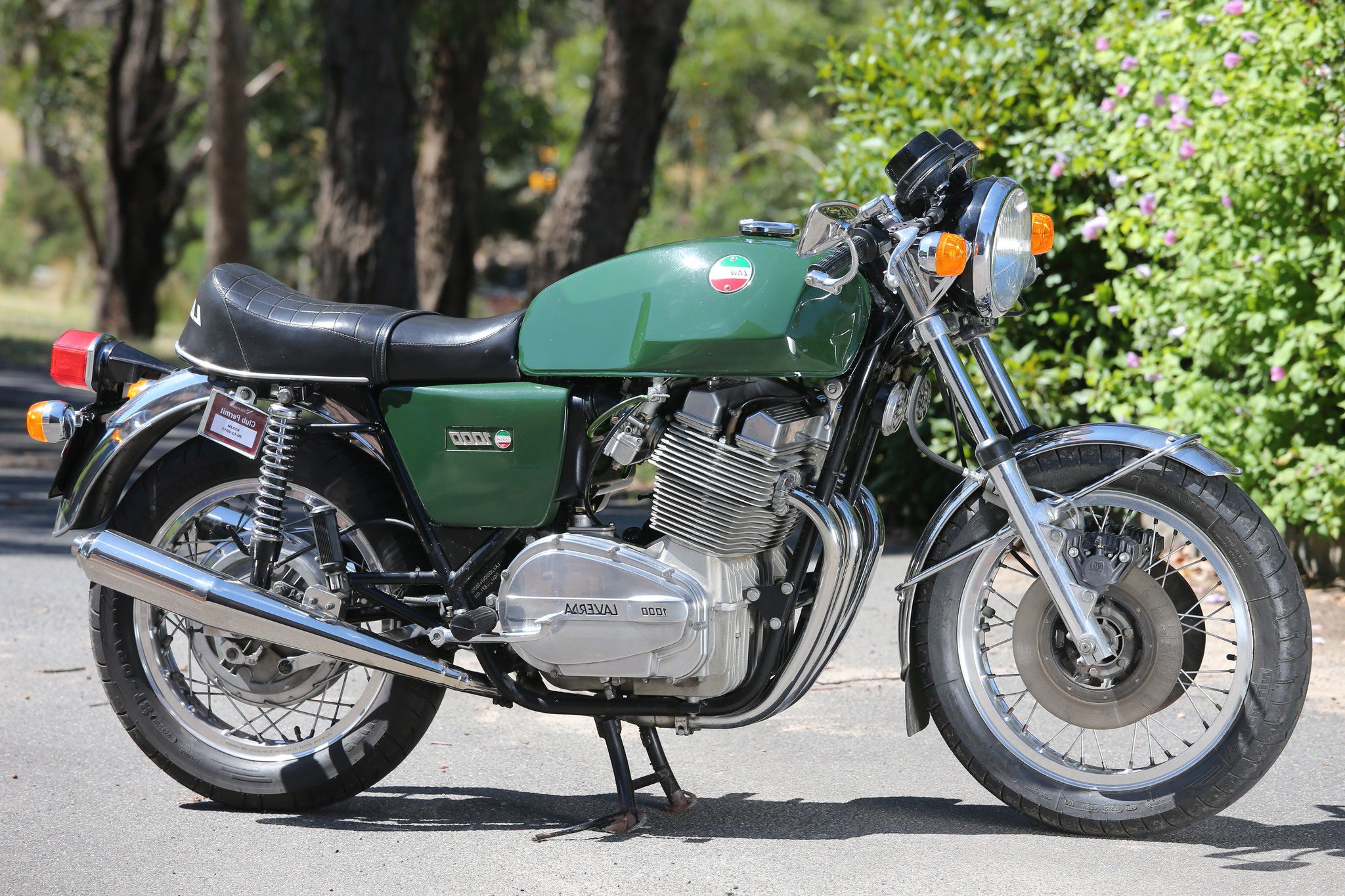
The Laverda 1000 was a heavyweight in the motorcycle world, boasting a powerful engine and innovative design. However, its weight and harsh ride quality compromised agility and comfort. Riders often found the handling lacking, and despite high expectations, the Laverda 1000 fell short of delivering the sporty experience many had hoped for. This gap between specifications and real-world performance marked a challenging chapter for the brand.
2. 1975 Triumph Trident T160
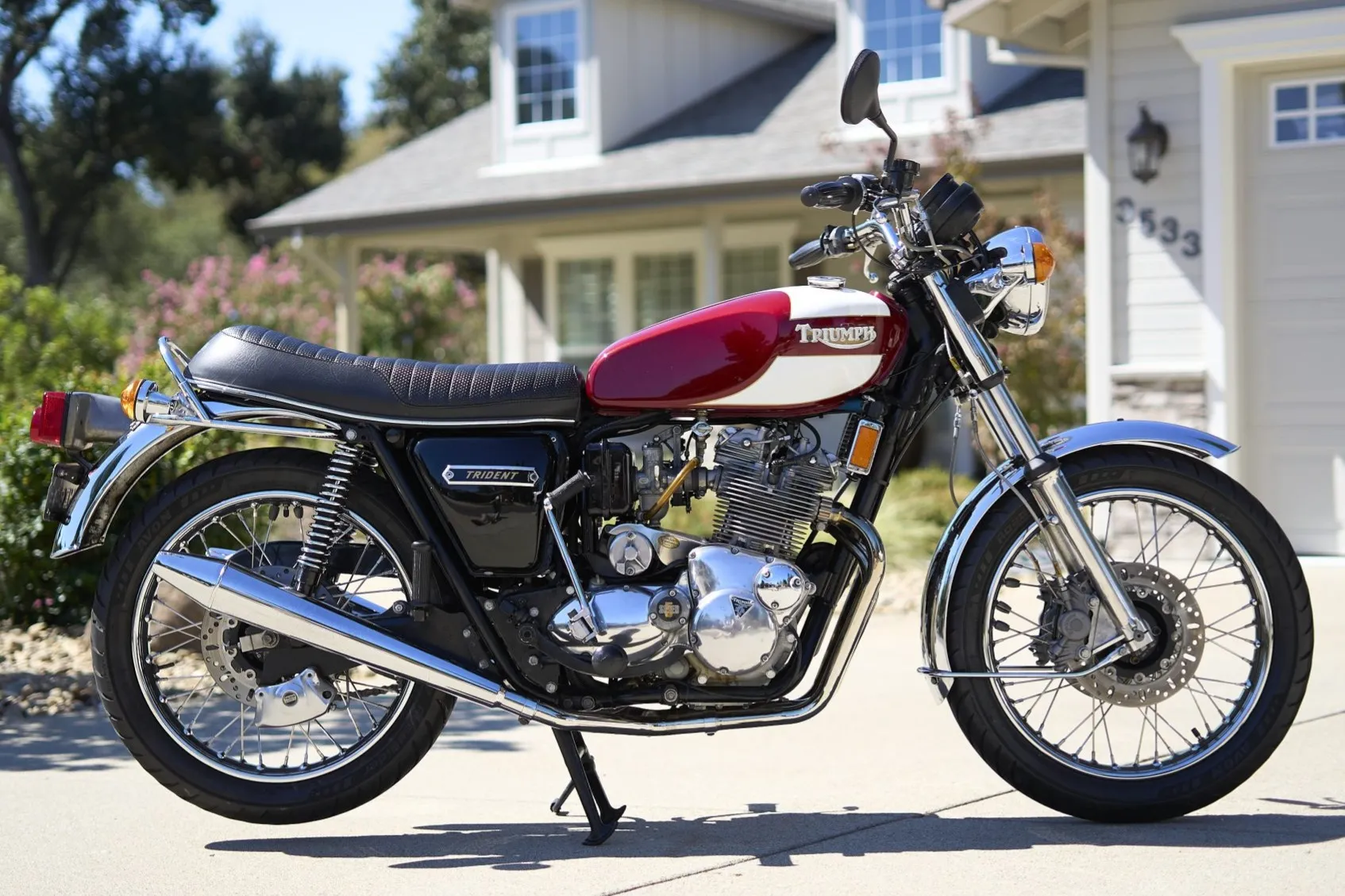
The Triumph Trident T160 was a significant model for British motorcycles, but it faced numerous reliability concerns. Despite its innovative features, including an electric starter, the bike suffered from oil leaks and electrical faults. These issues, combined with performance lag due to back pressure problems, led to the T160 being perceived as falling short of its potential in a competitive market.
1. 1979 Maico 490
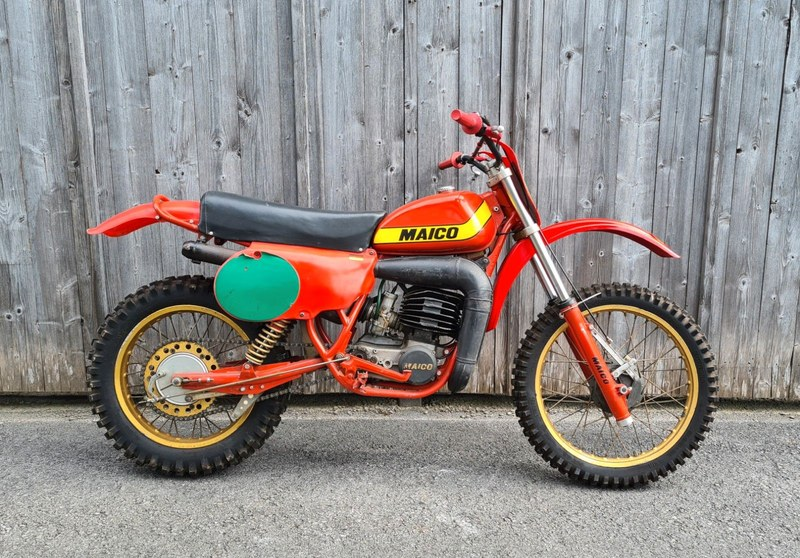
The Maico 490 was a powerful motorcycle that struggled with handling and reliability. Riders found it challenging to manage, particularly in corners, and frequent breakdowns marred its reputation. Despite its powerful engine, the Mako 490’s demanding nature and mechanical issues overshadowed its performance, making it a challenging bike to ride and maintain. In a market where reliability was crucial, the Mako 490 struggled to gain popularity.







